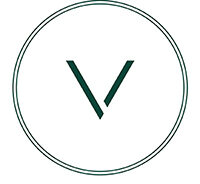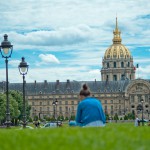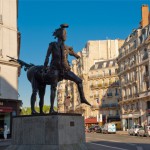All Paris leftbank neighborhoods
Saint Germain des Près
The bouquinistes are free agents, smugglers, bandits. Let me explain: whilst the bookshops are well established in the Paris of the Renaissance, these wide-boys pirated their profession. Offering their boekin (from the Dutch for “little book”) on trestle tables, in wicker baskets, or even on the ground, these “bouquinistes” are the bête noir of licensed booksellers and the police. Especially as they were selling banned books that were printed in Holland.
Invalides
As we contemplate it, all green and impenetrable, we often forget that the Seine too has its wildlife. Certainly, it’s a far cry from the time when fishermen came and set up their rods on a Sunday, on the quays of Ile Saint-Louis or Ile de la Cité. Paris’ City Hall attests that today in our urban river there are still roach, tench, gudgeon, bleak, trout, perch, pike, and eel. They even reintroduced the catfish to the waters in 1980. But who today would venture to taste a fish plucked from the Seine?
Saint Sulpice
In 1945, Montmartre native Henri Leduc opened his Bar Vert at 10 rue Jacob. There he served café au lait to the tiny milieu of film and letters. Prévert was a regular and the establishment was soon taken over by Bernard Lucas, who, understanding the mood of the times, began to look for a place that could be “zee place to bee” in Paris right after the war. With his friend Frederic Chauvelot, Lucas approached a little café at 33 rue Dauphine, at the corner of rue Christine (current site of the Hôtel d’Aubusson).
Sèvres Babylone
Listen up: a café is not a bistro, nor a restaurant, nor a brasserie, even less a caberet. Here we’re going to focus on cafés and what constitutes their essence: that grain brought back from Arabia by the Venetians. First, a random fact, the consumption of coffee came into fashion at the dawn of the reign of the Sun King. In 1669, Mahomet IV’s ambassador gave Parisians the taste for coffee. To generate public interest, the drink had to first pass by the not-to-be-missed Saint Germain fair, where the Armenian Pascal offered tastings of this bitter drink.




